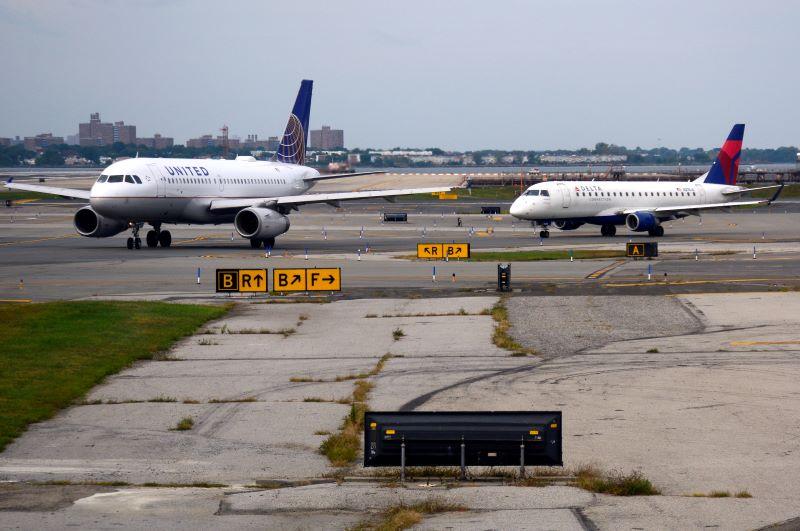
Credit: Robert Alexander / Getty Images
Airlines in the U.S. carried 58.4 million passengers in September, or around 80% of 2019 levels, continuing a strong recovery from earlier in 2021 but down considerably from levels seen in July. The total in September was little changed from August on a year-over-year basis but marked a considerable...
Subscription Required
This content requires a subscription to one of the Aviation Week Intelligence Network (AWIN) bundles.
Schedule a demo today to find out how you can access this content and similar content related to your area of the global aviation industry.
Already an AWIN subscriber? Login
Did you know? Aviation Week has won top honors multiple times in the Jesse H. Neal National Business Journalism Awards, the business-to-business media equivalent of the Pulitzer Prizes.





